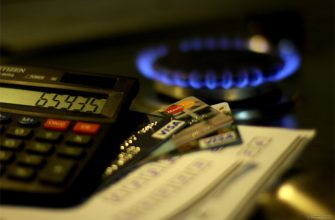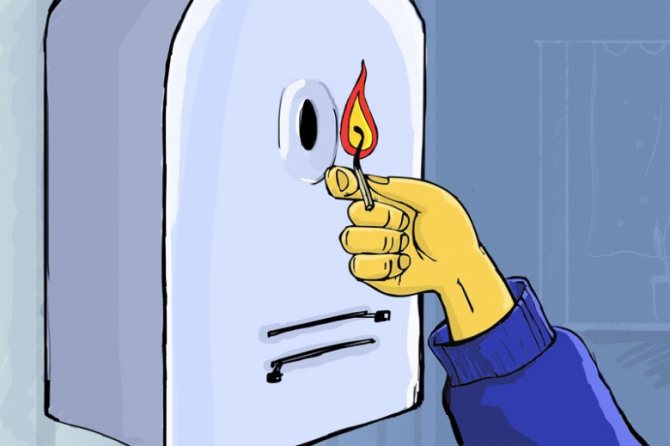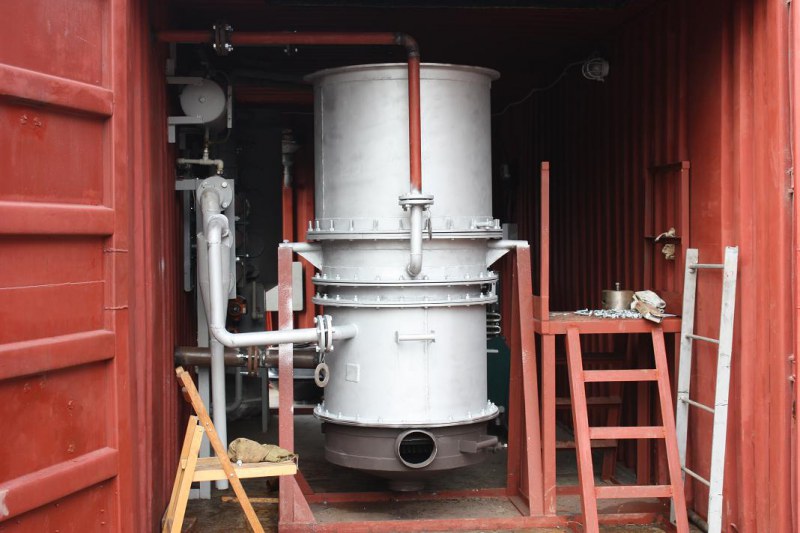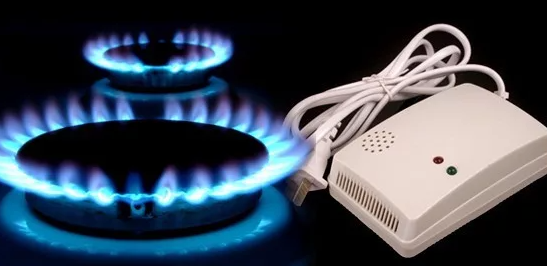In the past, blue fuel was a blessing that had no worthy alternatives. Methane pipelines were connected to almost every settlement and this was considered the norm. Today the situation has changed somewhat - new technologies appear, old communications are gradually deteriorating. Added to this are the more frequent accidents in residential buildings with their destruction and a large number of human casualties. The combination of these factors led to the fact that people decide to abandon gas in an apartment building and switch to electric stoves and heating appliances.
Refusal of gas in the apartment

Turning off gas in an apartment building is a multi-phase procedure of a legal and technical nature.
It consists of the following stages:
- You can refuse gas in an apartment only with the consent of all residents. The decision is made at the general meeting and is confirmed by the protocol, in which all citizens registered in the house put their signatures.
- Project creation. The electrical network was not originally designed for the use of electric stoves. Therefore, the document displays the passage and characteristics of the new transaction.
- Obtaining permission for redevelopment. The project with the minutes of the general meeting attached to it is transferred to the management company. There it is endorsed by all interested authorities, after which it is returned to the applicant.
- Dismantling of gas pipes. Only licensed organizations have the right to delete them. If conditions permit, risers and wiring are cut off. Otherwise, the house valve is closed. The plates are left to the tenants, they are free to dispose of them at their discretion.
- Laying of wiring. This is a kind of redevelopment, and such an event can only be performed by professionals. At the end of the installation, the equipment is checked and put into operation with the drawing up of an act.
In conclusion, contracts are drawn up and signed with various organizations, which determine the procedures for payment, maintenance and maintenance of the building, which has received a new status.
Problems when turning off the gas in the apartment

The consumer may not use gas in his apartment - turn off the tap and install any electrical equipment. However, this does not make it safe for him to live in the building, since there remains a risk of emergencies for neighbors and in public equipment. In addition, the owner of the property is obliged to maintain the ventilation system in good condition and allow representatives of the controlling services to enter the apartment to check the meter. And it also needs to be changed periodically, which is associated with additional costs. Therefore, the refusal of gas in the apartment only theoretically relieves its owners from the potential destruction of the house and smaller domestic problems.
If you switch to electricity completely, you can pay for it at reduced rates. The difference can be up to 50%
When registering a gas refusal, real estate owners may encounter the following problems:
- Dilapidated state of the building. The laying of new electrical equipment can weaken the supporting structures, and this will not be done by the management company.
- Local substation capabilities. The installation is not always able to cope with the additional load that arises if you turn off the gas and connect a house equipped with powerful electric stoves.
- High costs for project preparation, dismantling and installation work. All of them are carried out at the expense of the tenants and not all of them have sufficient income. You also need to remember about the purchase of new equipment and building materials.
- Long time of the event. Even the most compelling reasons are not a reason to speed up the consideration of an application in instances. Bureaucratic red tape can last for years.
- Search for a contractor. Works are only allowed to be carried out by licensed organizations. Sometimes the demand for their services is so high that you will have to wait for your turn for months, and during this time something may change.
Before giving up the central gas supply, it is necessary to assess the feasibility of such a solution. It may be cheaper and faster to carry out repairs, install modern sensors and efficient supply and exhaust ventilation.
Electric stove decoration

There is no need to obtain permission to put a small tabletop tile in the kitchen in an apartment. The situation is different when the gas system is dismantled and electrical appliances are connected throughout the house. In this case, the project specifies the characteristics of the end users. In addition to data on lead-in cables and shields, data on household appliances are prescribed in the approved project.
For kitchen stoves, the following information is indicated:
- brand;
- model;
- power;
- number of burners;
- supply voltage;
- number of phases;
- grounding;
- connection type;
- the passage of the cable.
The changes made are entered into the technical passport of the apartment, a separate act of acceptance and commissioning is drawn up on the stove. It is prohibited to make any changes to the electrical system of the apartment on your own. Replacement of the device may be carried out in agreement with the management company.
Property owners have the right to move the stove within the limits stipulated by safety requirements, to turn it on and off from the outlet for cleaning it from contamination.
Advantages and disadvantages of the process of turning off the gas in the apartment

The decision to turn off the gas in the apartment has its positive and negative sides. The process is long and complex.
The benefits of switching to electricity:
- No danger of explosion in the apartment, on the staircase, in the entire entrance.
- No soot. Electric stoves are clean in this respect, do not harm the environment and kitchen interior items.
- There is no risk of gas and combustion products poisoning. Even if liquid is spilled on the hob, the biggest nuisance will be the generation of steam and smoke, but people will not be hurt.
- Ease of service. Electrical equipment does not need to be monitored as often as gas equipment. This saves money on the services of the authorized bodies.
- Reducing the risk of fire. There is no open flame, the likelihood of fire is close to zero.
- Space for design. The requirements for the placement of electrical equipment are quite loyal. It can be installed with virtually no site restrictions.

Disadvantages of refusing gas supply:
- High energy bills. We'll have to look for an alternative by purchasing modern, expensive low-power equipment.
- Danger of electric shock. It occurs when the contacts burn out and the insulation melts. The danger can only be eliminated by arranging effective grounding.
- Risk of burns for children. They do not see the fire and do not perceive the burner as an object on which they can burn themselves.
Due to the prevalence of advantages over disadvantages, an increasing number of citizens are abandoning gas and switching to electricity.
Expert advice
Experts in the field of energy and architecture recommend carefully approaching the issue of abandoning gasification. A miscalculation of even a small nuance can cause major technical and administrative complications. In some cases, the competent authorities may refuse to issue a permit, and the elimination of deficiencies will be too expensive.
Professionals advise not to dismantle the gas pipes, but to put them into conservation mode. This will make it possible to return to the previously used method of obtaining energy.








